Most people are quick to assume that there is nothing to do in Kelantan. It does not have that trendy blend of tradition and urbanity which so defines Penang or Melaka. It has no stunning skyscraper or city vibes like Kuala Lumpur. It has few forest reserves as beautiful as Pahang or East Malaysia. Nor is it an emerging destination like Perak’s capital city.
Overlooked for decades, the state quietly conceals a treasure trove of cultural gems behind her predominantly Islamic, rural complexion. Unlike most places in Malaysia, Kelantan is a time capsule that preserves various forms of Malay cultural heritage.
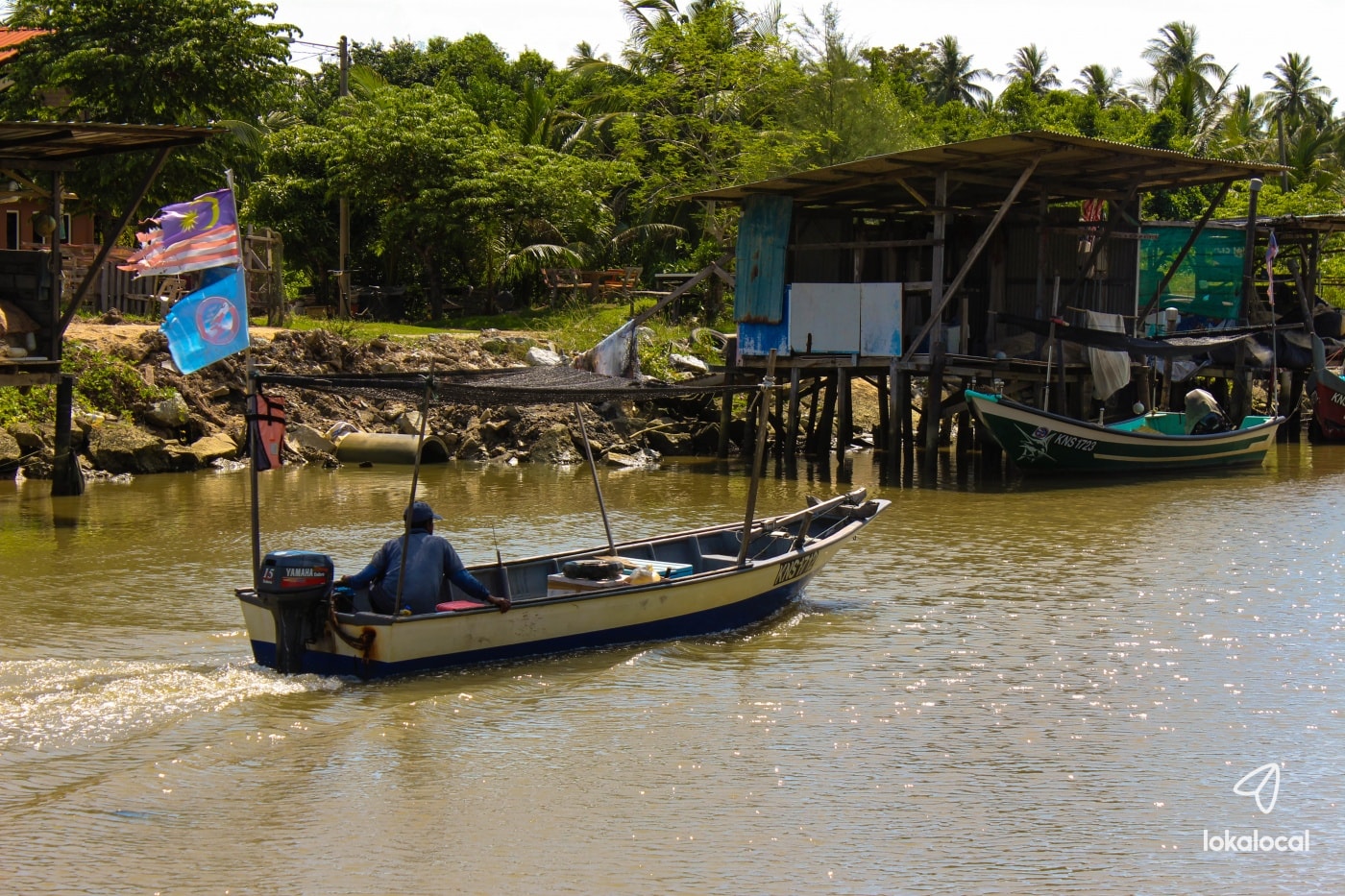
Mohd Nasri bin Mohd Nawi, a tour guide born and bred in Kelantan, has taken it upon himself to look for these traditional tradesmen and unique activities in his hometown. For over 30 years, the cheery guide has been showing visitors what this state in the east coast of Peninsular Malaysia is truly about.
After leaving the army, Nasri worked in a local hotel, while doing part time as a freelance guide. He later decided to become a full-time guide, as it pleases him to know that this is how he can do his best for his customers.
For most people, the biggest challenge when it comes to visiting Kelantan is the language barrier. “They cannot speak English,” said Nasri, “So the Malay language also, they use local Malay dialect, you know.”
Kelantan has a unique native dialect that can be hard to understand, even for people who only know standard Malay. On top of bridging this communication gap, Nasri is determined to bring guests beyond the typical tourist sites, to gain a deeper understanding of the local lifestyle.
“Because I am local. I know where is the real place…” – Nasri
Where Dying Arts Thrive
Kelantan is the birthplace of many traditional arts in Malaysia, from giant kites to intricate textiles, performance art and traditional games.
Kelantan is commonly associated with the traditional kite called the wau, made from a bamboo frame and colored paper. While there are different types of wau in Malaysia, the Wau Bulan or Moon-Kite is the most well-known and beautiful, with its largest crescent framework and ornate design.
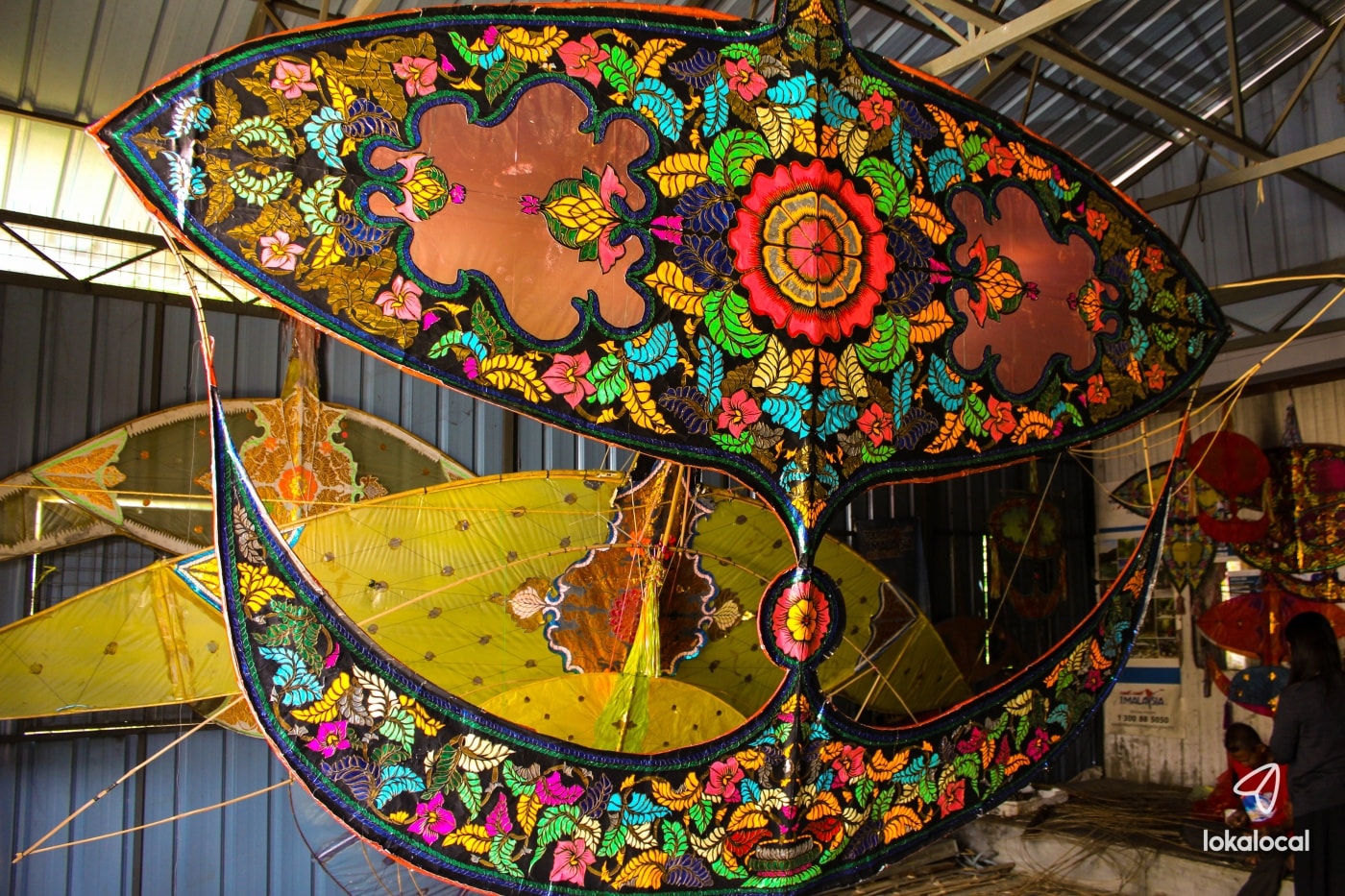
Those who know about the wau may have heard of Pak Shafie Jusoh, the legendary kitemaker, After decades of holding onto this tradition, he passed away earlier this year.
While Pak Shafie is one of the few craftmen left in Malaysia who make the wau professionally, little do people know that there are many wau makers in the villages of Kelantan.
“Waus are common. Waus can be found in the homes of Kelantan. In the kampungs, many children know how to make waus. But not the decorative kind, just the ones to play.” – Nasri
According to Nasri, the tradition of kitemaking is passed down within the family, from one generation to the next. Few choose to pursue it as a full-time career, some treat it as a hobby, and others take it to the skies at the International Kite Festival of Kelantan held every year.
He knows a handful of wau specialists who can demonstrate the art of kitemaking to guests or even teach them how to make their own. Sometimes, they are hired to conduct kitemaking workshops as part of larger events.
“Actually, there are fewer shadow puppet players than wau makers,” he revealed.
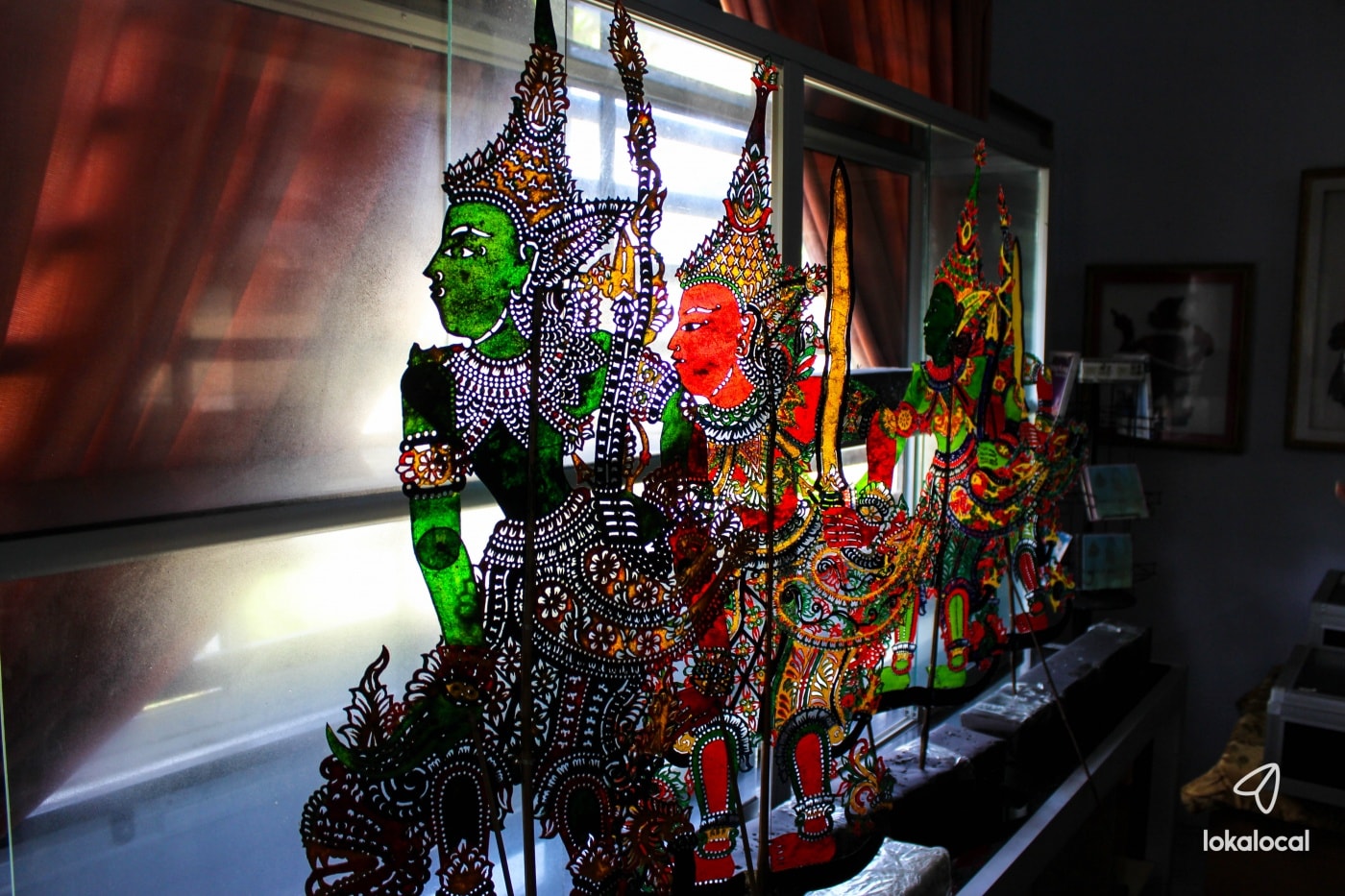
Shadow play is also ingrained in Kelantanese culture. The ancient performance art tells stories through colourful shadow puppets, and is typically accompanied by traditional music.
The Kelantan Malay Traditional Shadow Play Gallery is one of the more famous attractions in the state. This is where Pak Dain, a master puppeteer, teaches people about the history of shadow play, and guides them to make their own puppet.
Nasri also brings his guests to a textile factory to see how local women work on two intricate textile art, the songket and batik. Songket is a handwoven textile embroidered with gold or silver threads, traditionally worn during formal ceremonies.
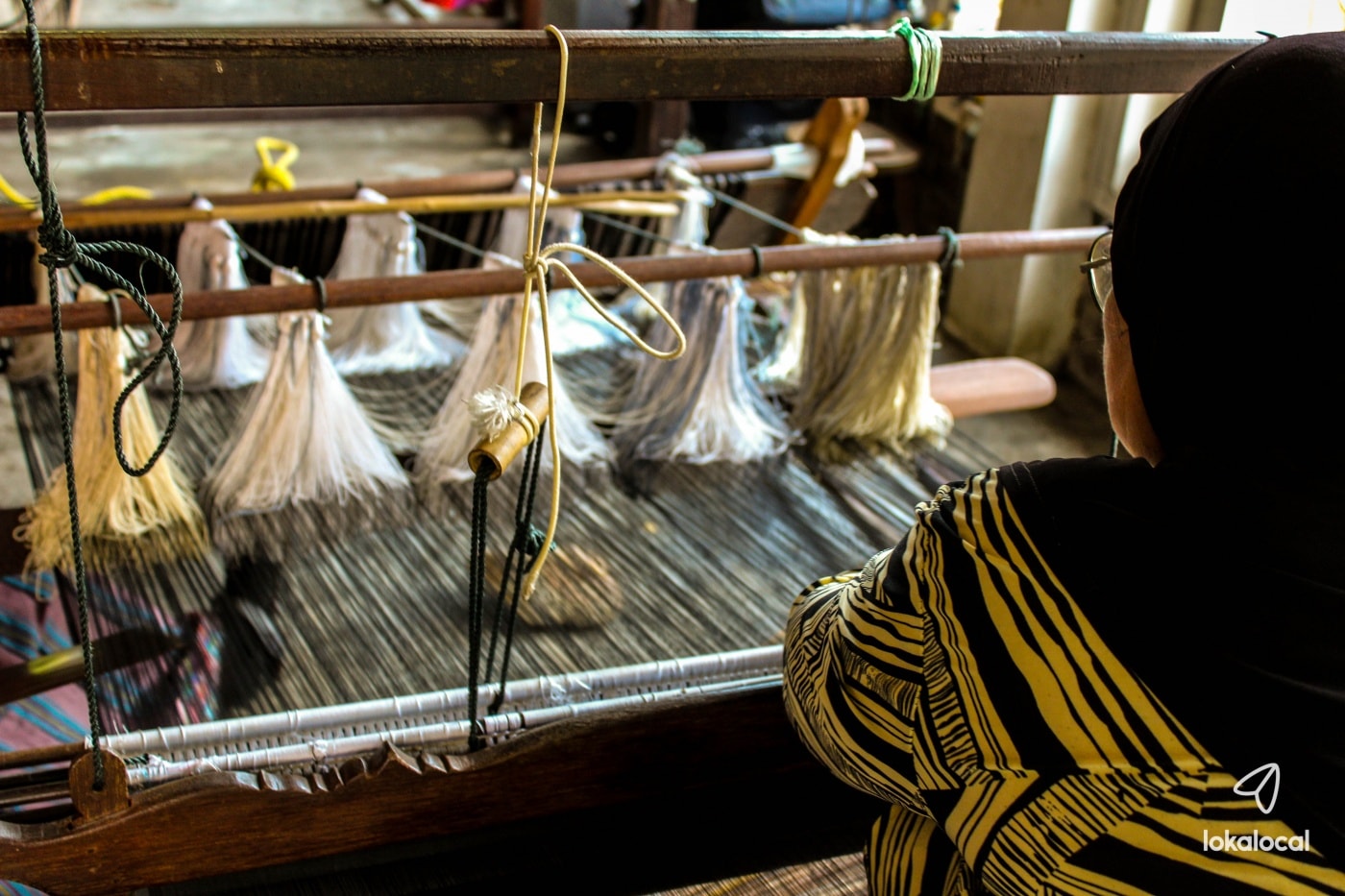
Batik, on the other hand, uses a technique called wax-resist dyeing to produce beautiful floral motifs on the fabric.
Both of these traditional textiles are only a part of Kelantan’s large cultural tapestry, and there are plenty more local handicrafts, trades and traditions out there that have yet to be highlighted as the state’s intangible attraction.
Taking a Bite into History
When it comes to food, Kelantanese dishes are quite distinct compared to other parts of Malaysia. Many of its local delights are said to retain the original taste once made by people from the past.
Some of the classic dishes people would not miss in Kelantan include nasi dagang, nasi kerabu, laksam and roti titab.
Sharing the diversity of local food with guests is a no-brainer for any guide, but Nasri has another trick up his sleeve – the serunding factory.
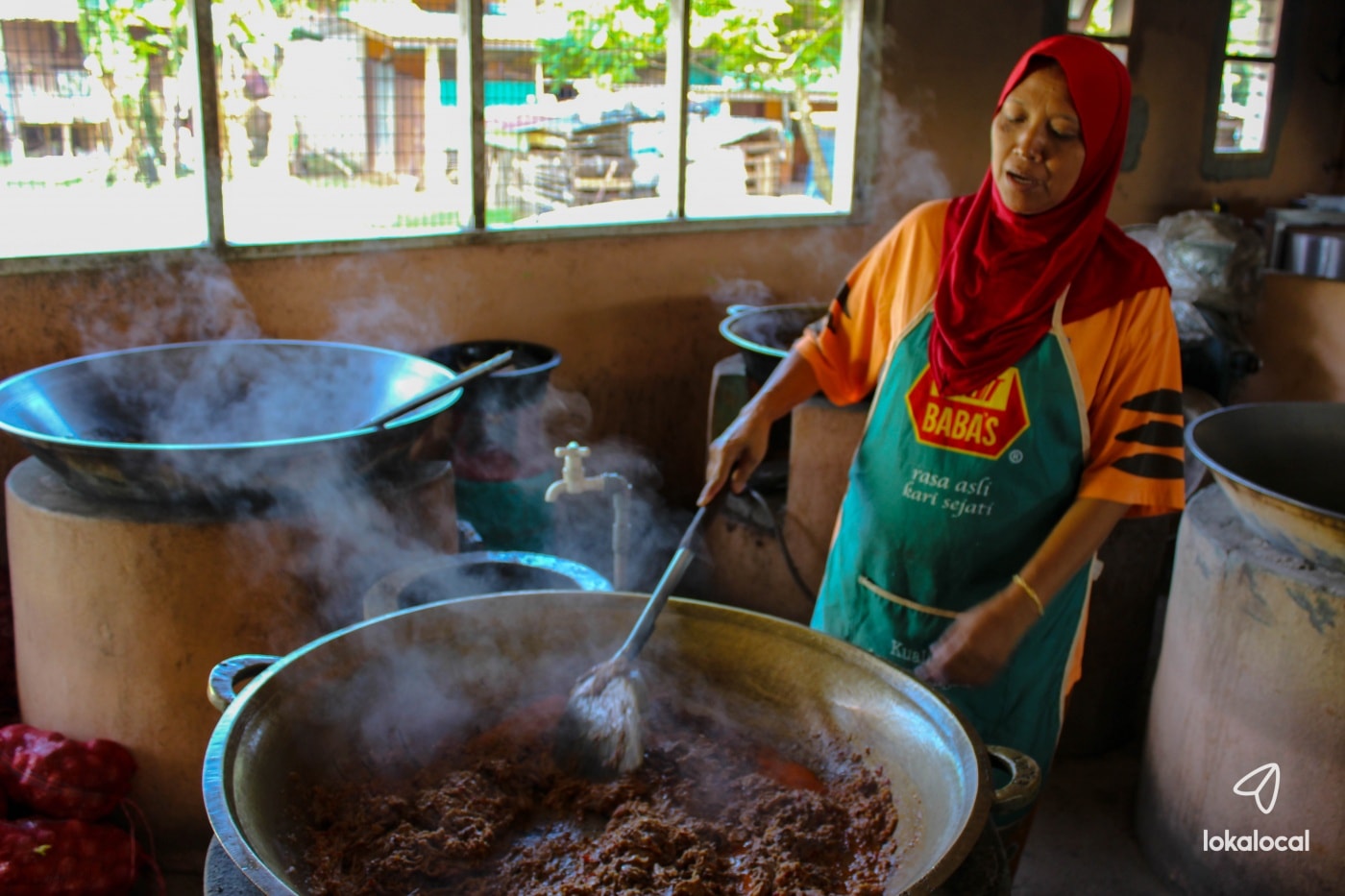
Serunding is a dried meat floss seasoned with spices and fresh coconut milk. It is usually made from beef, chicken or fish. “That is our traditional product,” he added, “Traditional Malay food.”
In the factory, he shows his guests how the workers cook the serunding, a labour-intensive process that normally takes at least 3 hours, so as to ensure the food will not spoil easily.
“In the past, serunding is extremely popular. When people go to Mecca or travel long distances, we cook serunding as it can last up to 3 months without spoiling.” – Nasri
It was fascinating to think that one humble local product can have such an interesting history behind it, paved by locals and Muslim pilgrims who needed food for their journey on foot.
Out of the Homes, onto the Map
Nasri believes that there is still a long way to go before Kelantan is recognised as a popular tourist destination.
Overshadowed by her neighbours, tourism in Kelantan has yet to be exposed on a larger scale, especially since there are many noteworthy sights out there that still remain largely unknown.
Even today, Perhentian Island probably sounds more inviting than the capital city of Kota Bharu. Within information booklets, the colourful Siti Khadijah Market carries the image Kelantan, not the floating market of Suri Island, which is only accessible by boat on Friday and Saturday.
While doing his research, Nasri realised that many locals from Kelantan are not aware about the historical and cultural value of the buildings right in their backyard, or the seemingly ordinary lessons taught to them by their grandparents.
One of the activities Nasri hopes to share with his visitors in the future is the experience of being a local fisherman in Kelantan. Imagine learning how to catch fishes, shellfish, and snails the traditional way, then tucking into a BBQ meal amidst the backdrop of a fishing village.
Apart from local crafts and food, he intends to promote the childhood games from the kampung with visitors, such as congkak (mancala), batu lompat (hopscotch) and gasing (spinning top).
For now, it seems that tourism in Kelantan will still be on the quieter side, and it is up to people like Nasri to highlight its cultural heritage. He does not mind it in the least.
“I don’t like to makan gaji (work just to earn a salary),” he laughed, “I make my customers happy, so automatically I will be happy on that day.”
If you would like to see what Kelantan is really about, book The Real Kelantan Experience with Nasri on LokaLocal.
"ExpatGo welcomes and encourages comments, input, and divergent opinions. However, we kindly request that you use suitable language in your comments, and refrain from any sort of personal attack, hate speech, or disparaging rhetoric. Comments not in line with this are subject to removal from the site. "


















